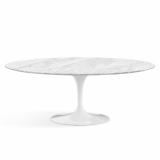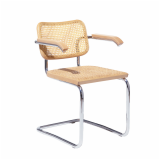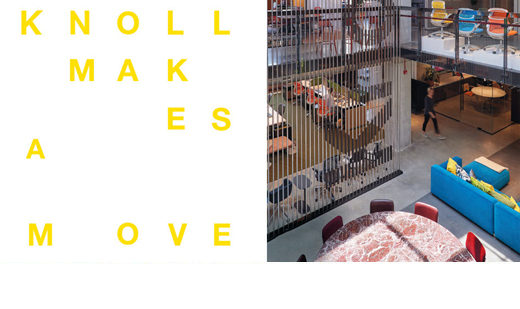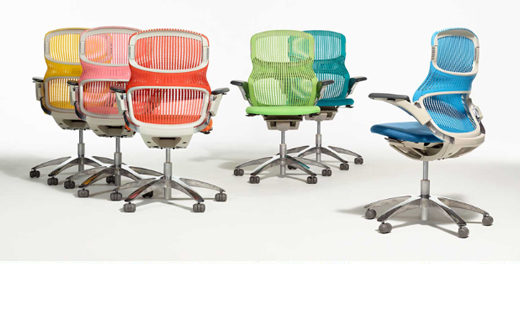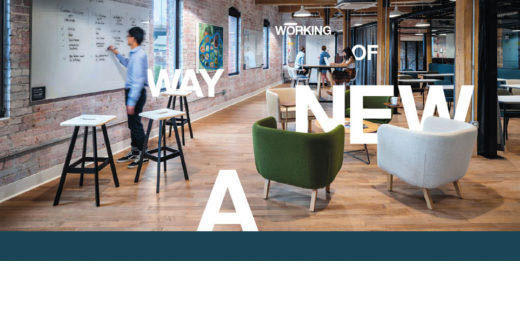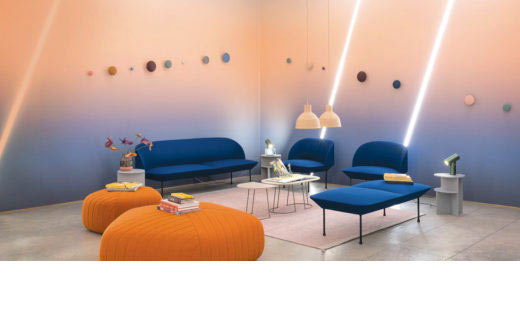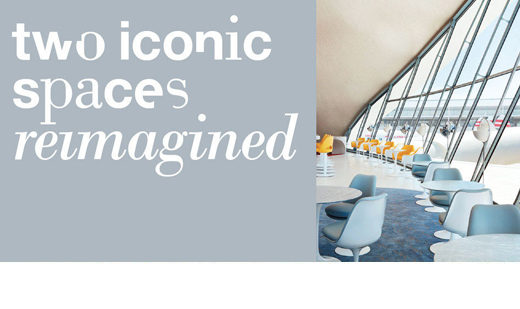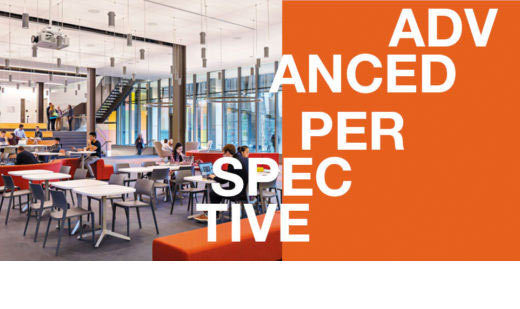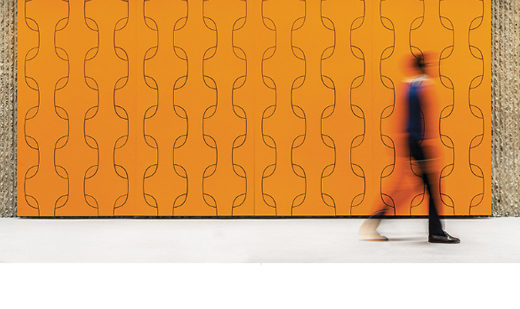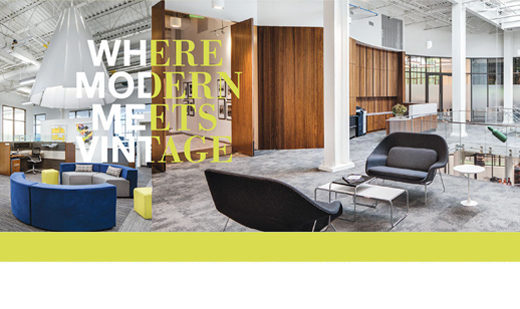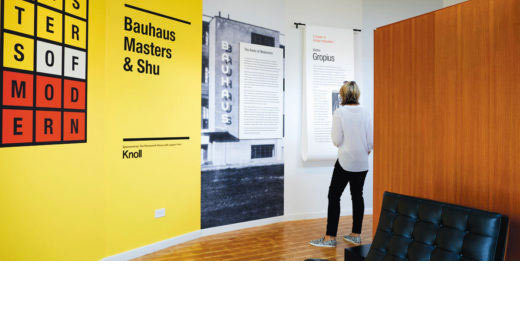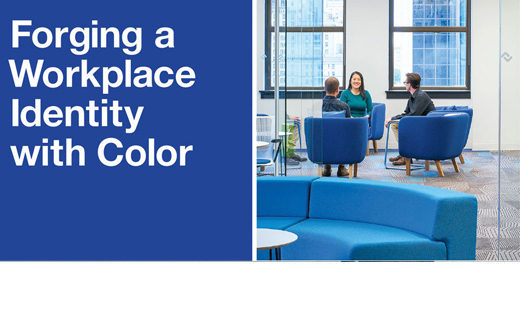What trends have you seen in planning educational facilities?
Overall, there is an increasing need for flexible classrooms with better technology. In addition, we are seeing that students benefit greatly from more informal spaces, outside of the classroom, where they can get together with one another and/or with faculty. Sustainability and accessibility are less so trends at this point and closer to requirements.
How is pedagogy leading new technologies in the classroom?
Computers brought to classes inevitably change students’ needs from notebooks to access to power. The abundance of collaborative-based technologies has caused a shift in learning style. More and more, teachers aren’t limited by traditional lecture styles, which places a greater emphasis on flexible spaces to facilitate student group work, allowing for a more interactive classroom experience.
What are students and faculty demanding from facilities?
Students and faculty expect cutting edge technology across learning spaces and informal gathering areas—to be able to open their laptop anywhere and pick right back up. There is a demand for more comfortable, collaborative spaces for students to meet with each other and with faculty, and students and faculty have also expressed the need to have more options for space to present and discuss their work. Lastly, all are craving more natural light and comfortable meeting spaces that are somehow connected to the outdoors, either through light or greenery.
How are students integrating their own technology into classrooms?
Besides students bringing their own computers and smartphones into the classrooms, they also take advantage of several cloud-based applications that enable remote access to their courses as well as to interactive learning platforms.
What are some of the current challenges you face in planning facilities?
Aside from the need for more flexible and open spaces, there is more thought around all the “stuff” that goes into those spaces. We have new challenges around remaining highly sustainable, keeping waste disposal and material consumption at a minimum. With the rate at which technology changes, it feels like interior space is trying to keep up with the latest trends, which has also spurred conversation around new construction versus renovation and the cost implications.
What’s the campus of the future look like?
The campus of the future is very much a destination place, one that continues to evolve to be more inclusive, more inspiring and more functional in responding to students’ needs.
Dr. Alexandra Bernasek is Senior Associate Dean College of Liberal Arts & Professor, Department of Economics at Colorado State University

This story is from our debut issue of Knoll Works—a publication showcasing how our constellation of brands and planning capabilities create inspiring workspaces.







